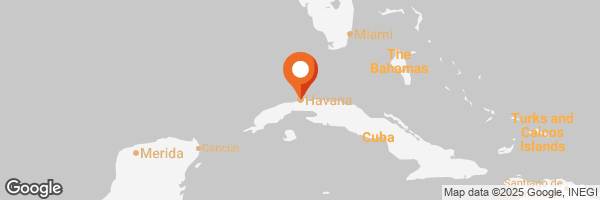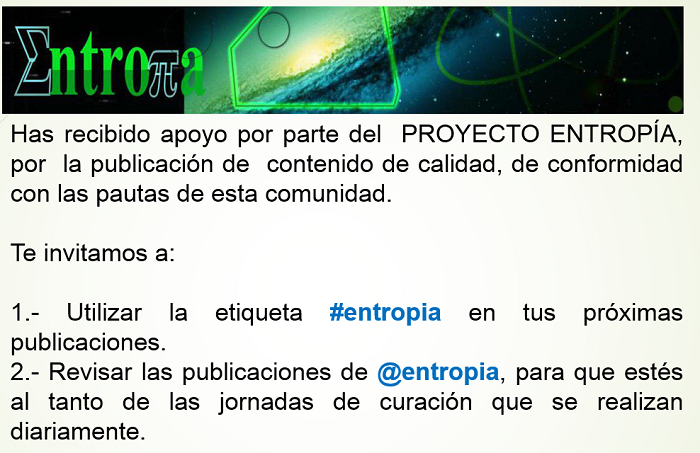Hola, mis amigos. Feliz miércoles para todos.
Hoy quiero mostrarles un sitio que tiene una especial connotación en mi vida porque lo visité muchas veces con mi hermana.
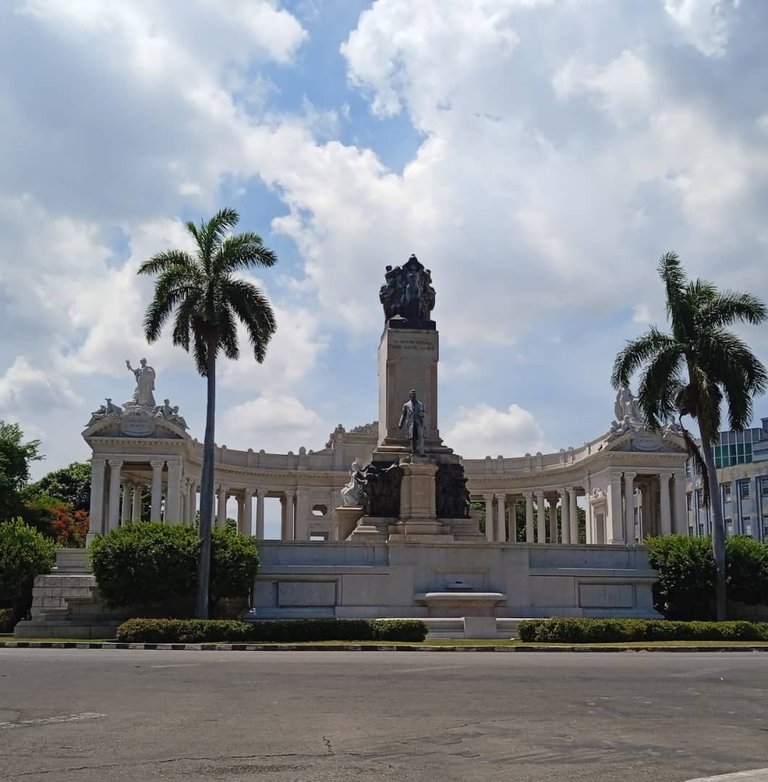
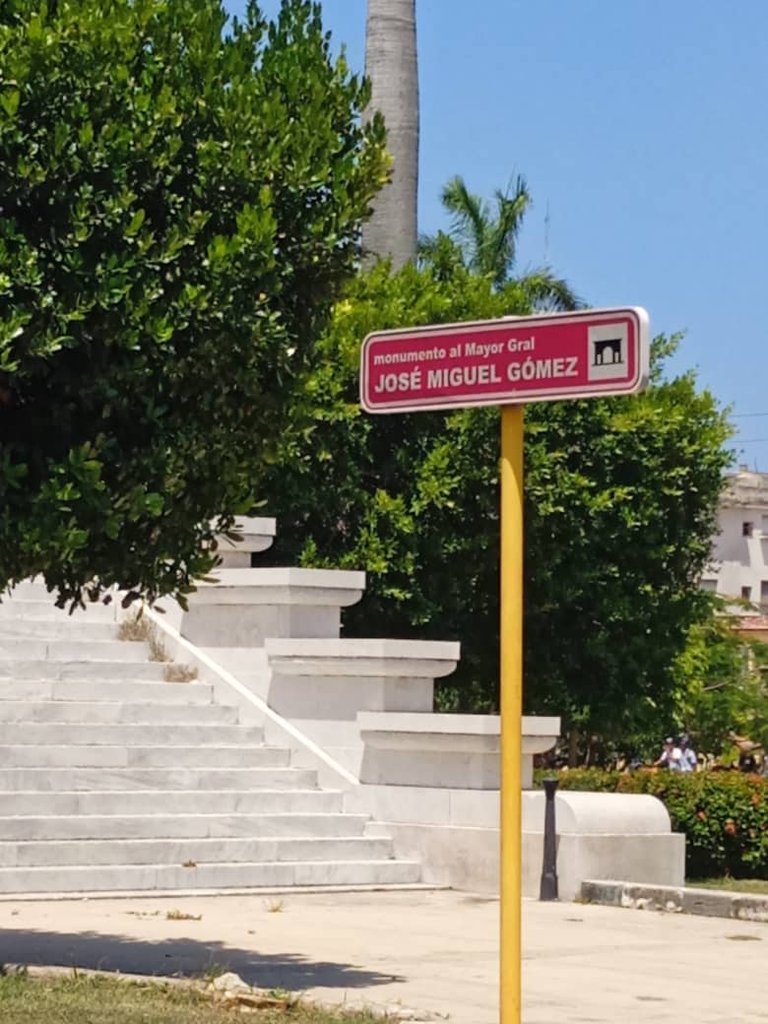
A mí hermana y a mí, nos gustaba llamarlo Roma por su particular arquitectura, lleno de grandes columnas que se asemejan a las construcciones de la antigua Grecia y de Roma. Llegar allí era como sentirnos en el Olímpico, abrazadas por los dioses. Allí reímos, lloramos y soñamos.

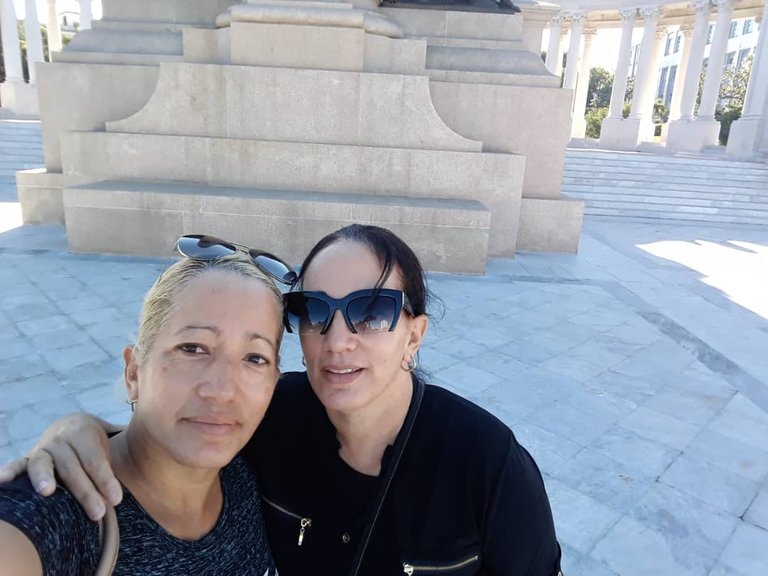
No hay quien pase cerca de este lugar y no se asombre de su magestuosidad y belleza. Un mausoleo imponente que jamás pasa desapercibido, orgullo de los habaneros. Lo he visitado muchas veces y siempre descubro un nuevo detalle que admirar.
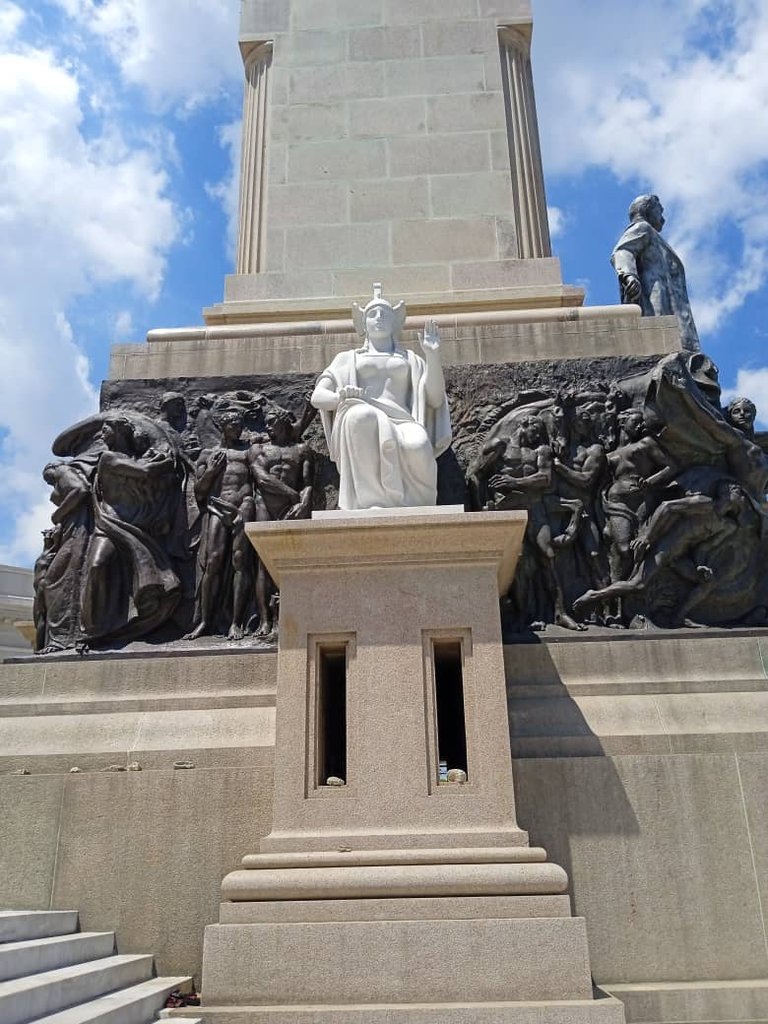
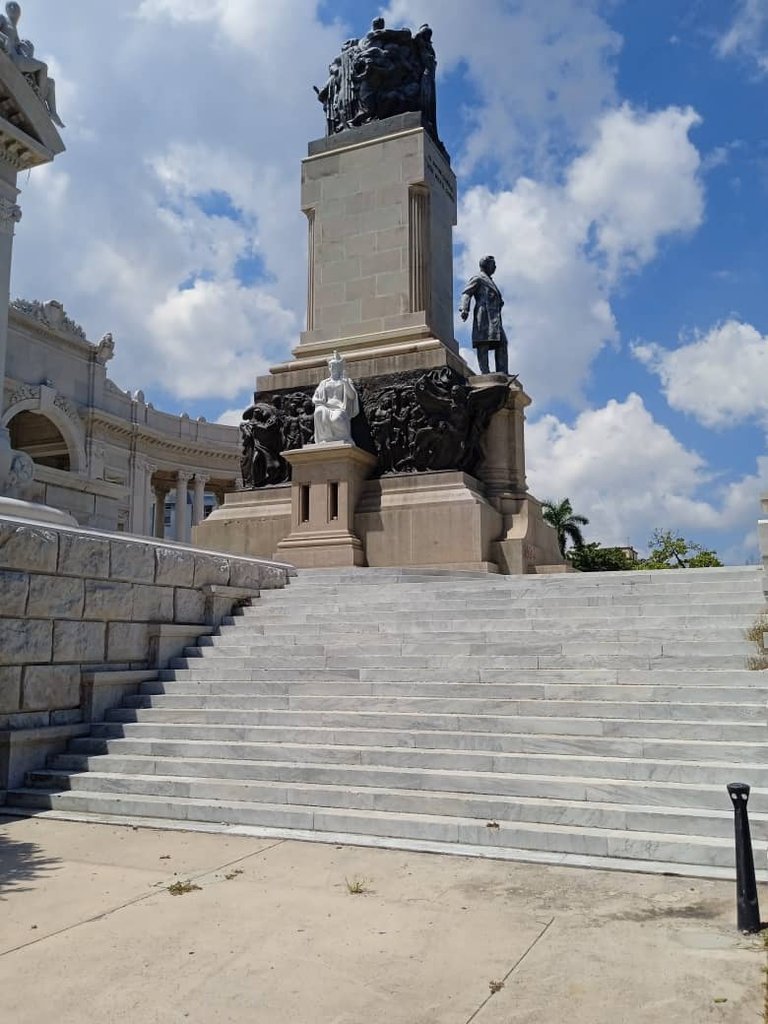
Hablo del Monumento a José Miguel Gómez, ubicado en la Avenida de los Presidentes (Paseo de Martí, El Vedado, La Habana, Cuba), emblemático conjunto escultórico que rinde homenaje al segundo presidente de Cuba y líder militar de las guerras de independencia.
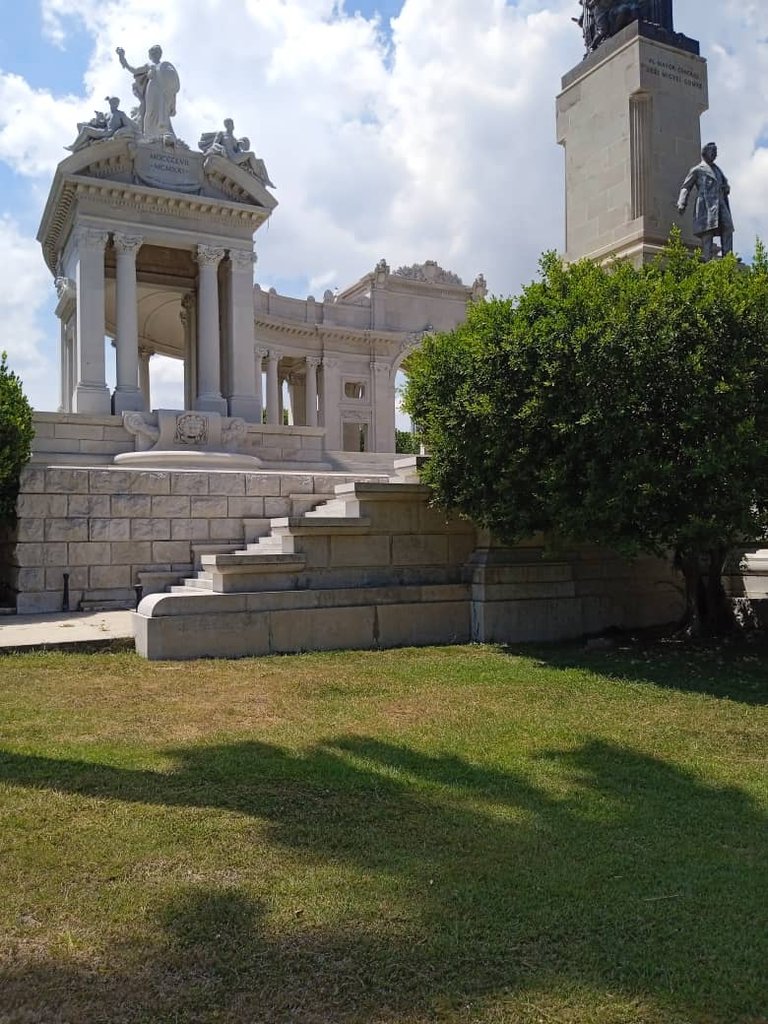
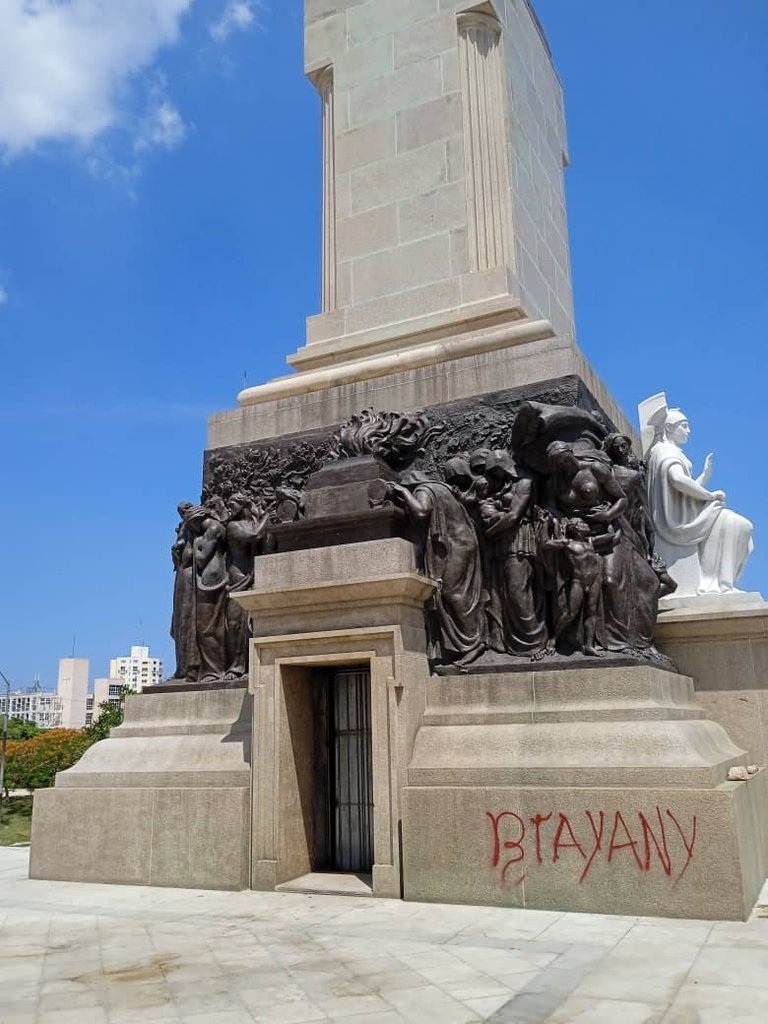
Ahora quiero compartir con ustedes algunos datos curiosos. Esta gran estructura, inaugurada en 1936, fue diseñada por un arquitecto italiano llamado Giovanni Nicolini (con razón la bautizamos con el nombre de Roma).
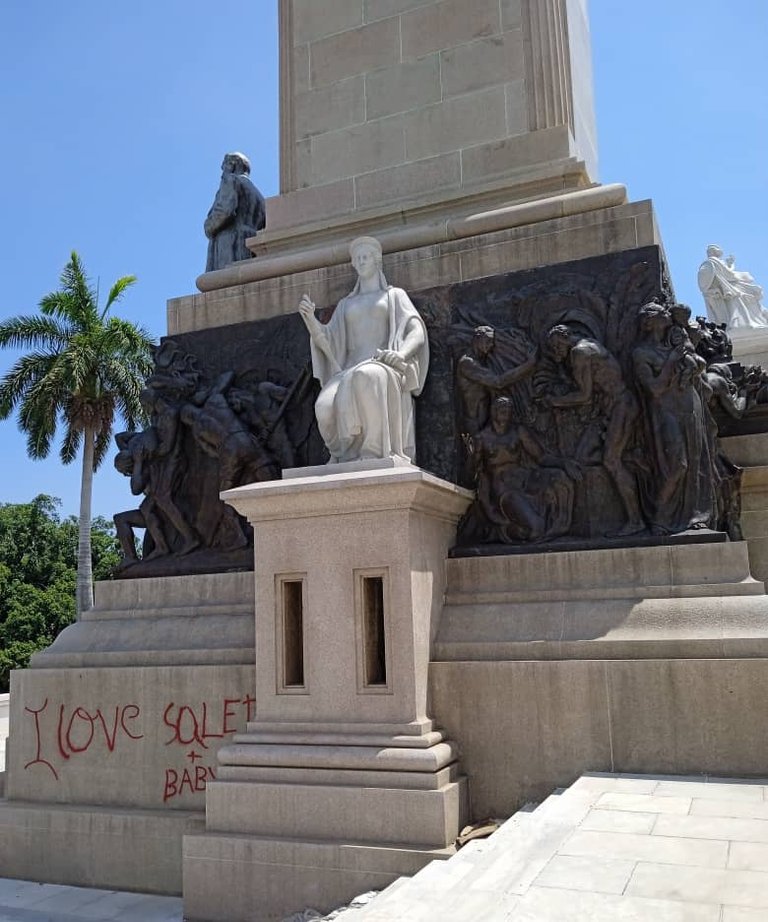
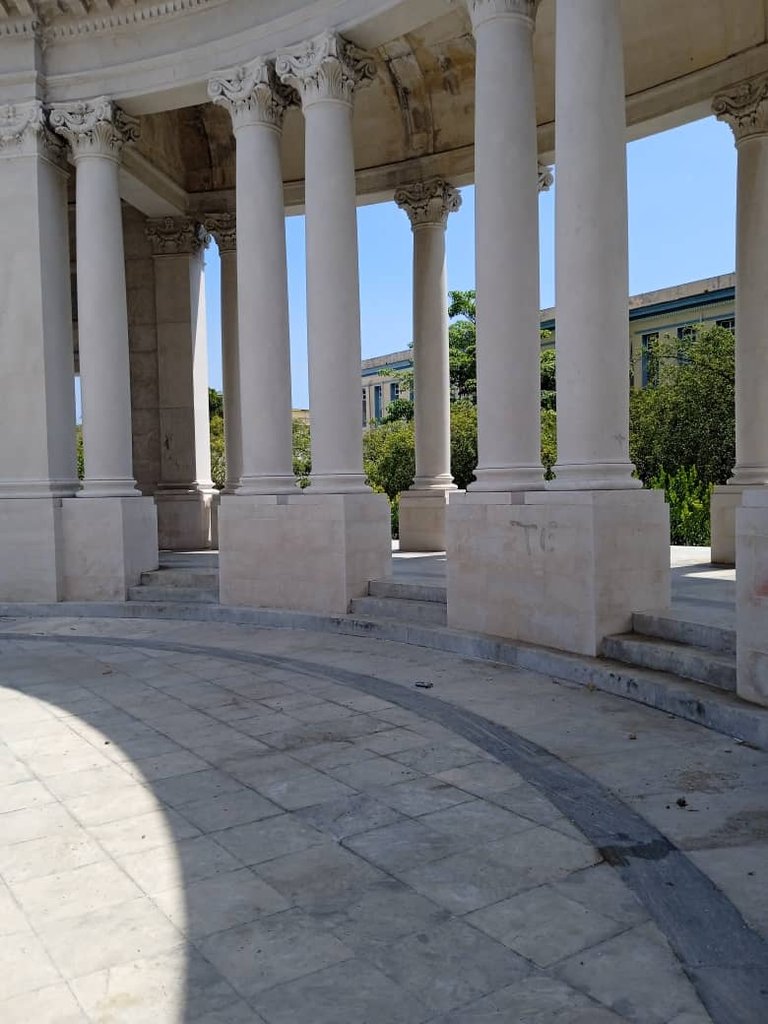
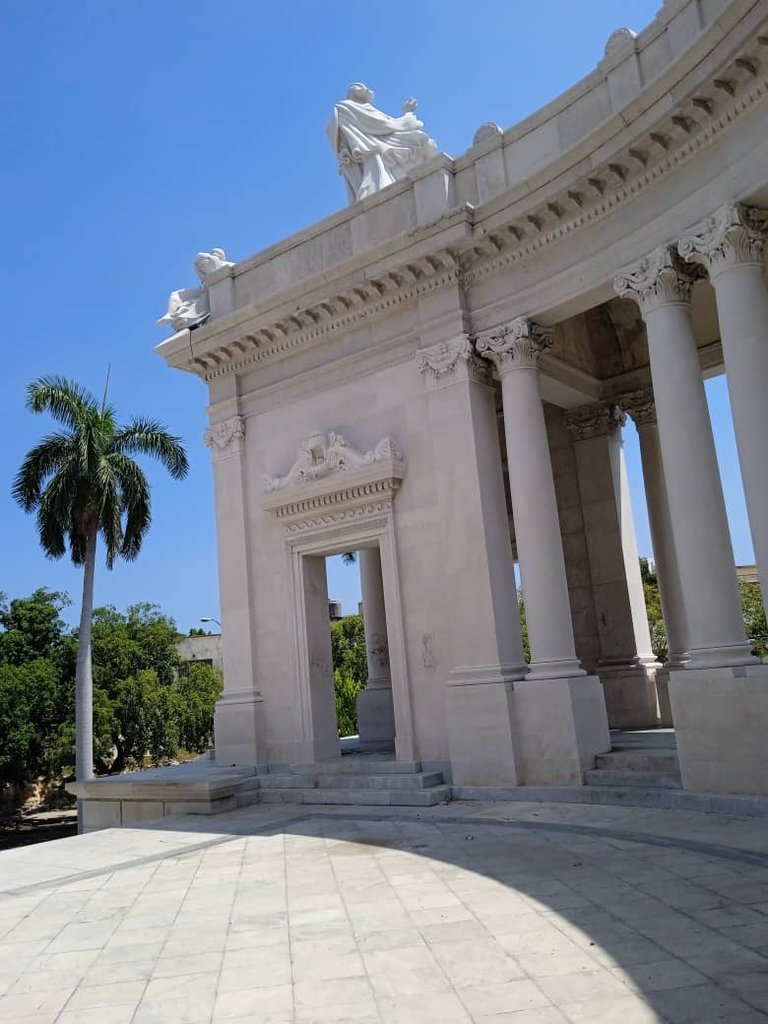
Su costo fue cubierto por donaciones populares, donde cada habanero podía aportar hasta 20 centavos si lo deseaba.
Esta colosal obra se construyó a pesar de las controversias en contra de Gómez. Aunque el "respetable"fue un héroe de la independencia contra España, también fue responsable de la represión de la rebelión afrocubana donde murieron miles de personas. Esto ha generado, por años, dudas en cuanto a su legado. Incluso, en la actualidad, hay muchos partidarios de que eliminé su estatua.

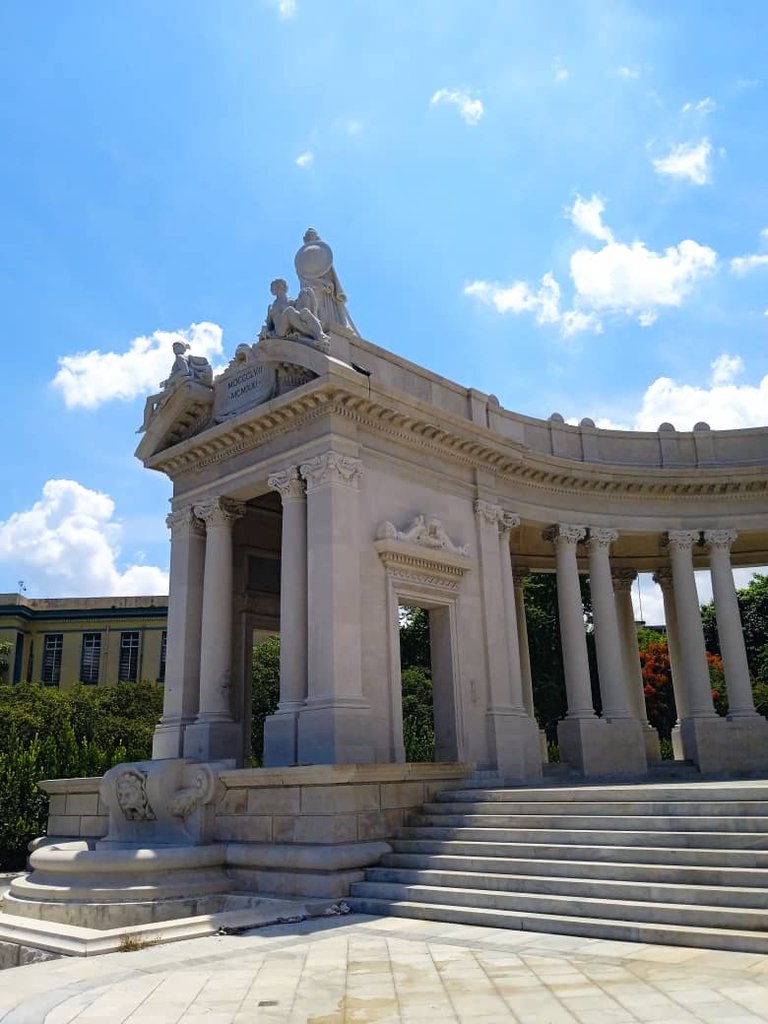
Su estilo arquitectónico es neoclásico y de gran complejidad simbólica. Los materiales para su creación fueron importados.
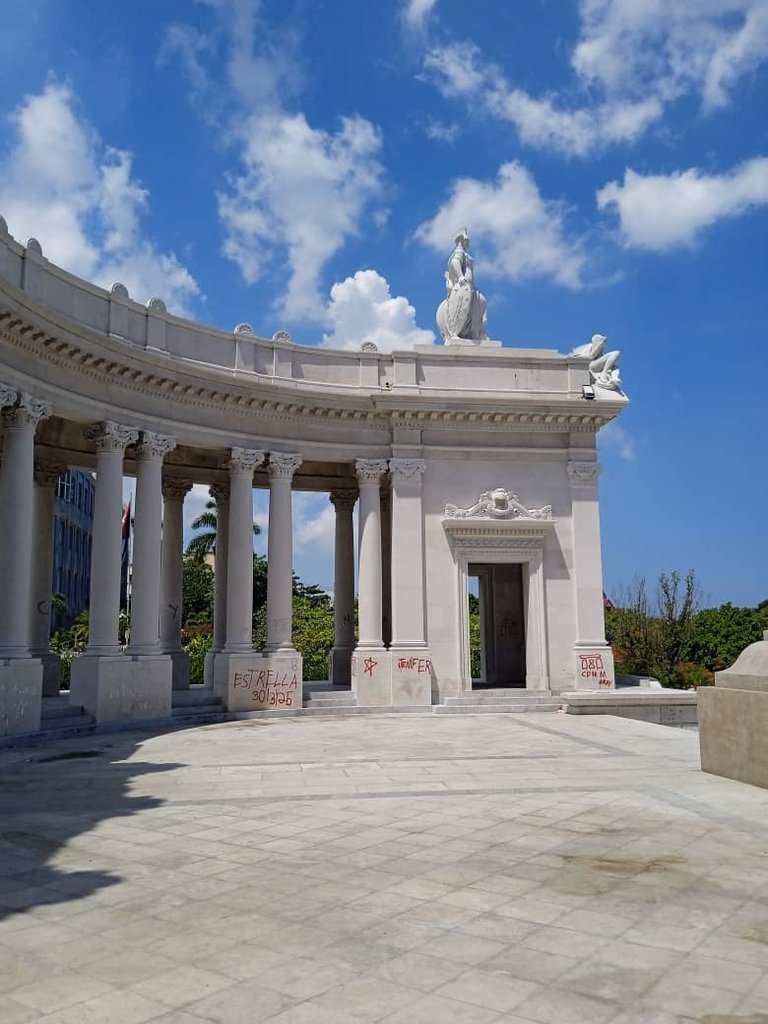
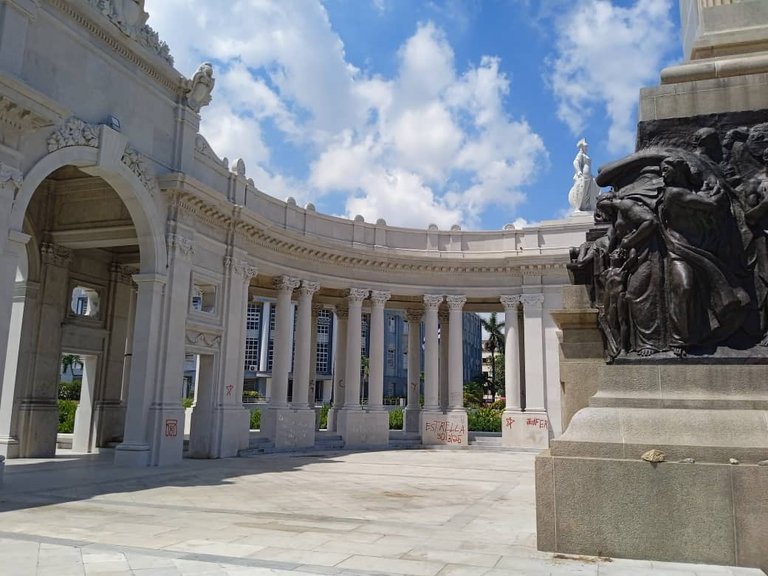
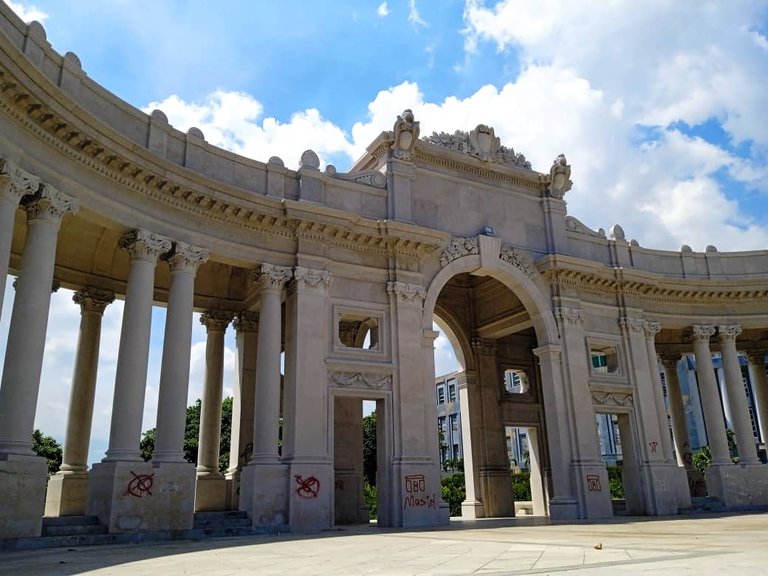
La estatua central del monumento, la figura en bronce de Gómez (3.5 m de altura), está sobre un pedestal de mármol rosado de Rávena (Italia) .
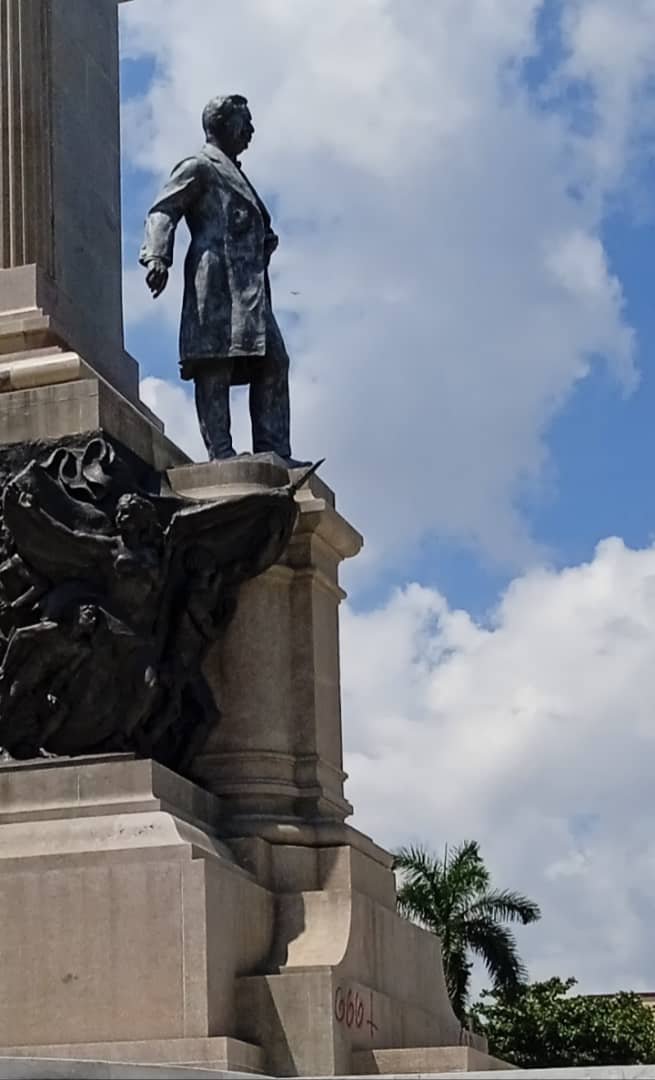
También cuenta con figuras alegóricas, seis estatuas que representan las provincias cubanas de la época .
Las figuras laterales esculpidas en mármol representan "La Fuerza" y "La Magnanimidad".
En la parte superior hay varios grupos escultóricos, cada uno con su significado: "Historia y Tiempo", "Derecho y Ley" y "Libertad y la Paz".
Posee terrazas, fuentes y bancos de mármol que se integran a un espacio público abierto y de fácil acceso, ideal para reuniones informales.
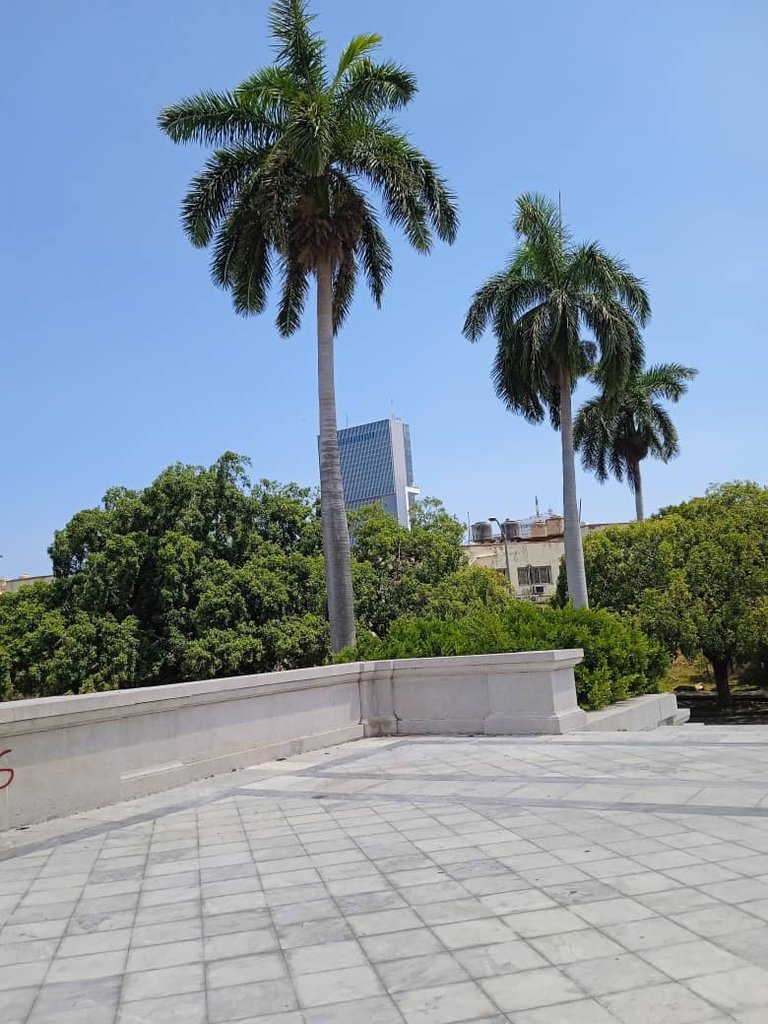
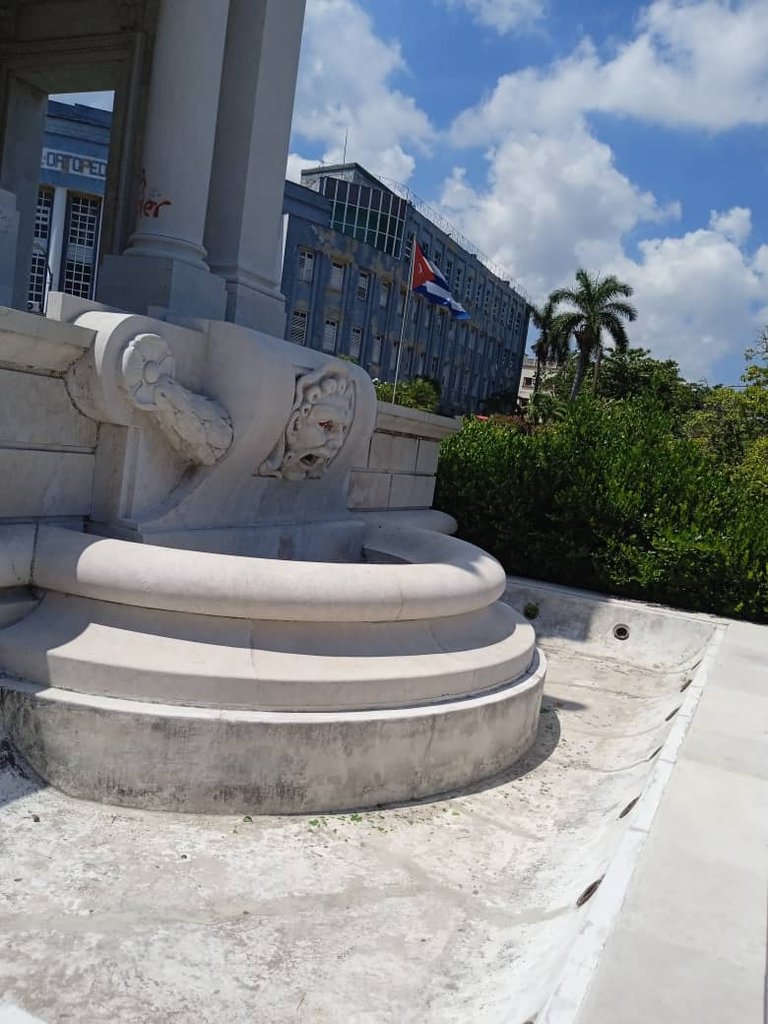
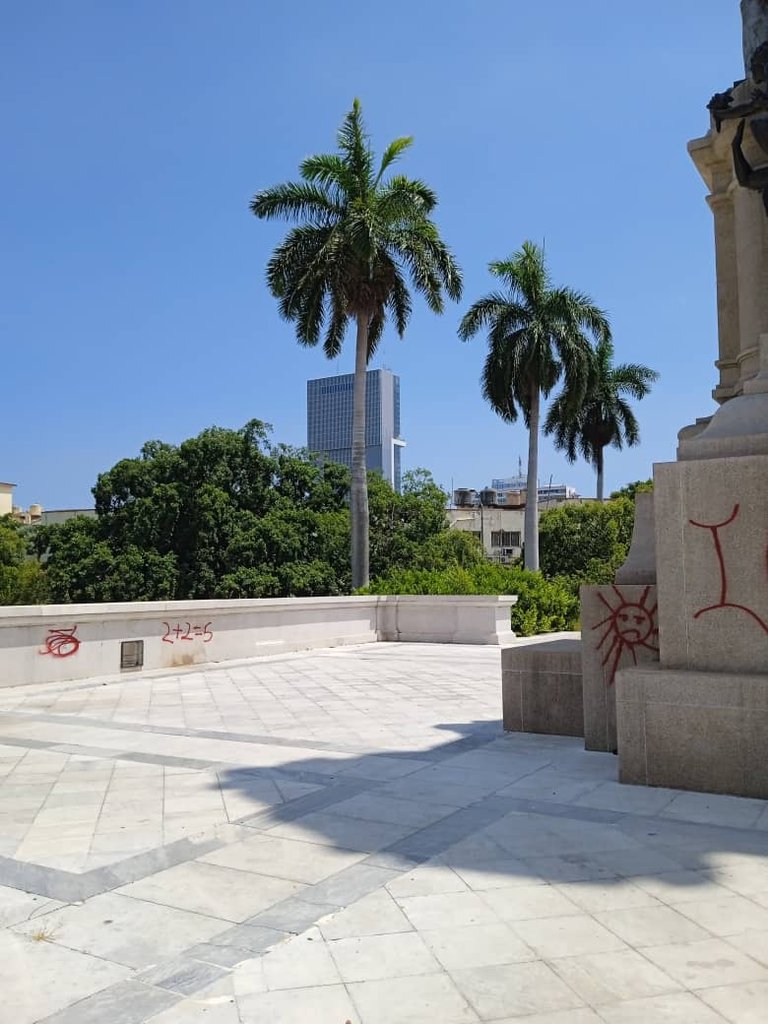
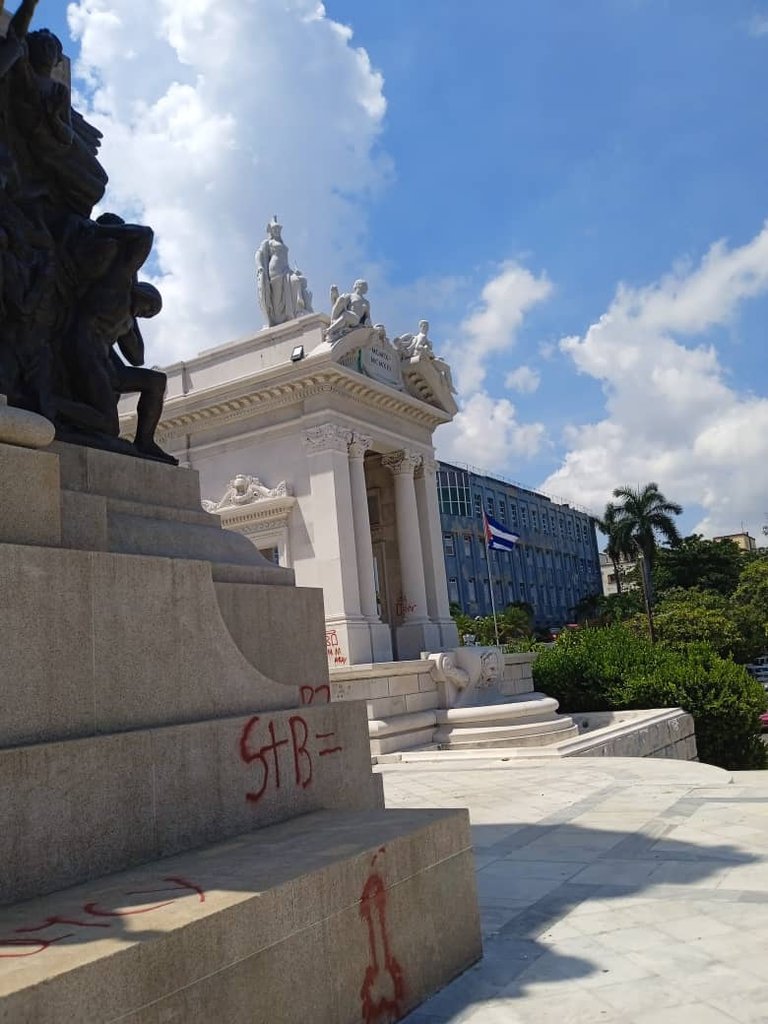
Su parte posterior es tan magestuosa con su fachada. Al mirarla recuerdo el Coliseo Romano.
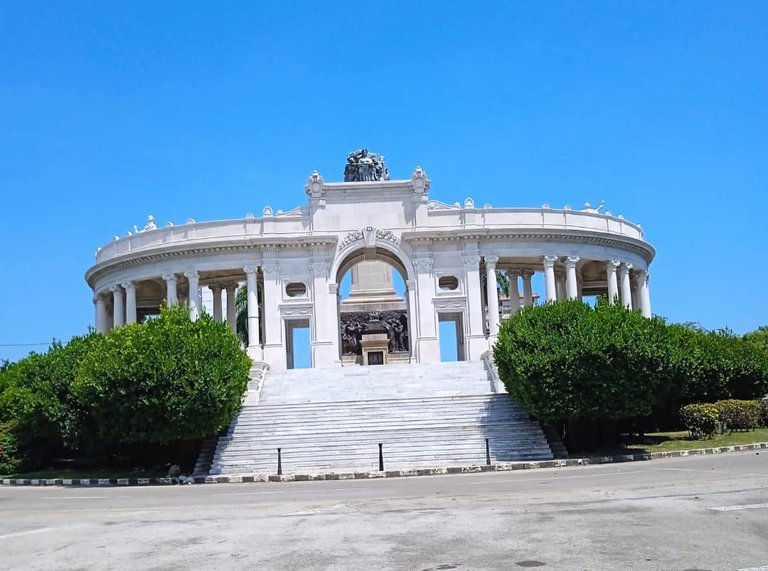
El impresionante monumento es un punto de encuentro de turistas y locales, de estudiantes y enamorados, de amigos y también sirve de escenario para eventos culturales y debates sobre identidad nacional. Fue restaurado en 2020 y hoy se puede ver que algunas paredes han sido saboteadas, lamentablemente, por "artistas" plásticos frustrados.
De preferencia les recomiendo visitarlo temprano en la mañana o al atardecer para evitar el sol y el calor, pero además, para capturar buenas fotos .
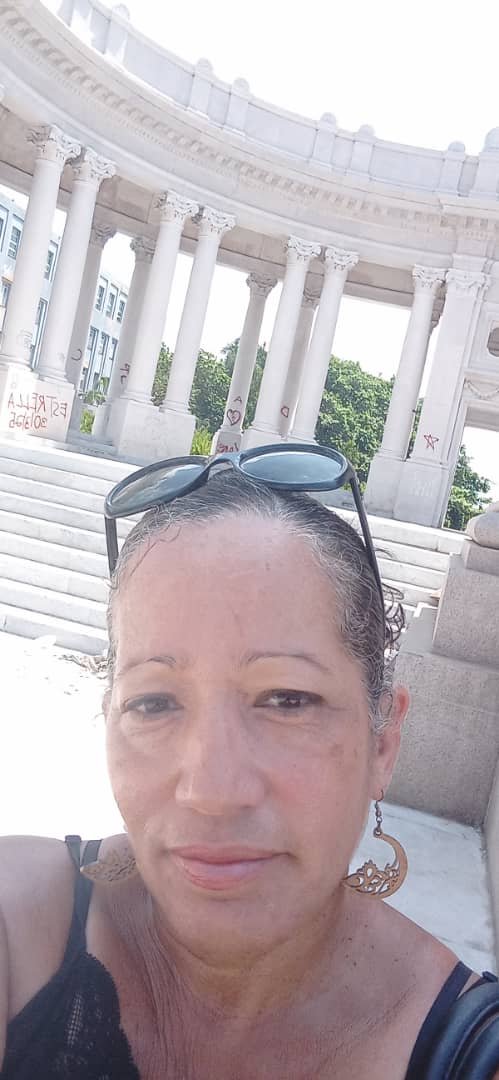
Cuestiones políticas a parte, este conjunto escultórico es un verdadero espectáculo para los ojos y vale la pena detenerse en el unos minutos y pasearse por las páginas de la historia.





A Piece of Rome in Havana.
Hello, my friends. Happy Wednesday to you all.
Today I want to show you a place that has special meaning in my life because I visited it many times with my sister.


My sister and I liked to call it "Rome" because of its unique architecture, full of large columns that resemble the constructions of ancient Greece and Rome. Going there was like feeling we were on Mount Olympus, embraced by the gods. There we laughed, cried, and dreamed.


No one passes near this place without being awed by its majesty and beauty. An imposing mausoleum that never goes unnoticed, a source of pride for habaneros (Havana residents). I have visited it many times and I always discover a new detail to admire.


I'm talking about the Monument to José Miguel Gómez, located on Avenida de los Presidentes (Paseo de Martí, El Vedado, Havana, Cuba), an iconic sculptural ensemble that pays tribute to Cuba's second president and military leader of the Wars of Independence.


Now I want to share some interesting facts with you. This grand structure, inaugurated in 1936, was designed by an Italian architect named Giovanni Nicolini (no wonder we baptized it with the name "Rome").



Its cost was covered by public donations, where each habanero could contribute up to 20 cents if they wished.
This colossal work was built despite the controversies surrounding Gómez. Although this "esteemed" figure was a hero of the independence struggle against Spain, he was also responsible for the repression of the Afro-Cuban rebellion, where thousands of people died. This has, for years, cast doubt on his legacy. Even today, there are many supporters of removing his statue.


Its architectural style is Neoclassical and of great symbolic complexity. The materials for its creation were imported.



The central statue of the monument, the bronze figure of Gómez (3.5 m tall), stands on a pedestal of pink marble from Ravenna (Italy).

It also features allegorical figures: six statues representing the Cuban provinces of the time.
The side figures sculpted in marble represent "Strength" and "Magnanimity".
At the top, there are several sculptural groups, each with its meaning:
- "History and Time"
- "Law and Justice"
- "Liberty and Peace"
It has terraces, fountains, and marble benches integrated into an open, easily accessible public space, ideal for informal gatherings.




Its rear facade is just as majestic. Looking at it reminds me of the Roman Colosseum.

The impressive monument is a meeting point for tourists and locals, students and lovers, friends, and also serves as a stage for cultural events and debates on national identity. It was restored in 2020, and today you can see that some walls have been vandalized, unfortunately, by frustrated "artists".
I recommend visiting preferably early in the morning or at dusk to avoid the sun and heat, but also to capture good photos.

Political issues aside, this sculptural ensemble is a true spectacle for the eyes and is worth stopping by for a few minutes to stroll along the paths of history.




